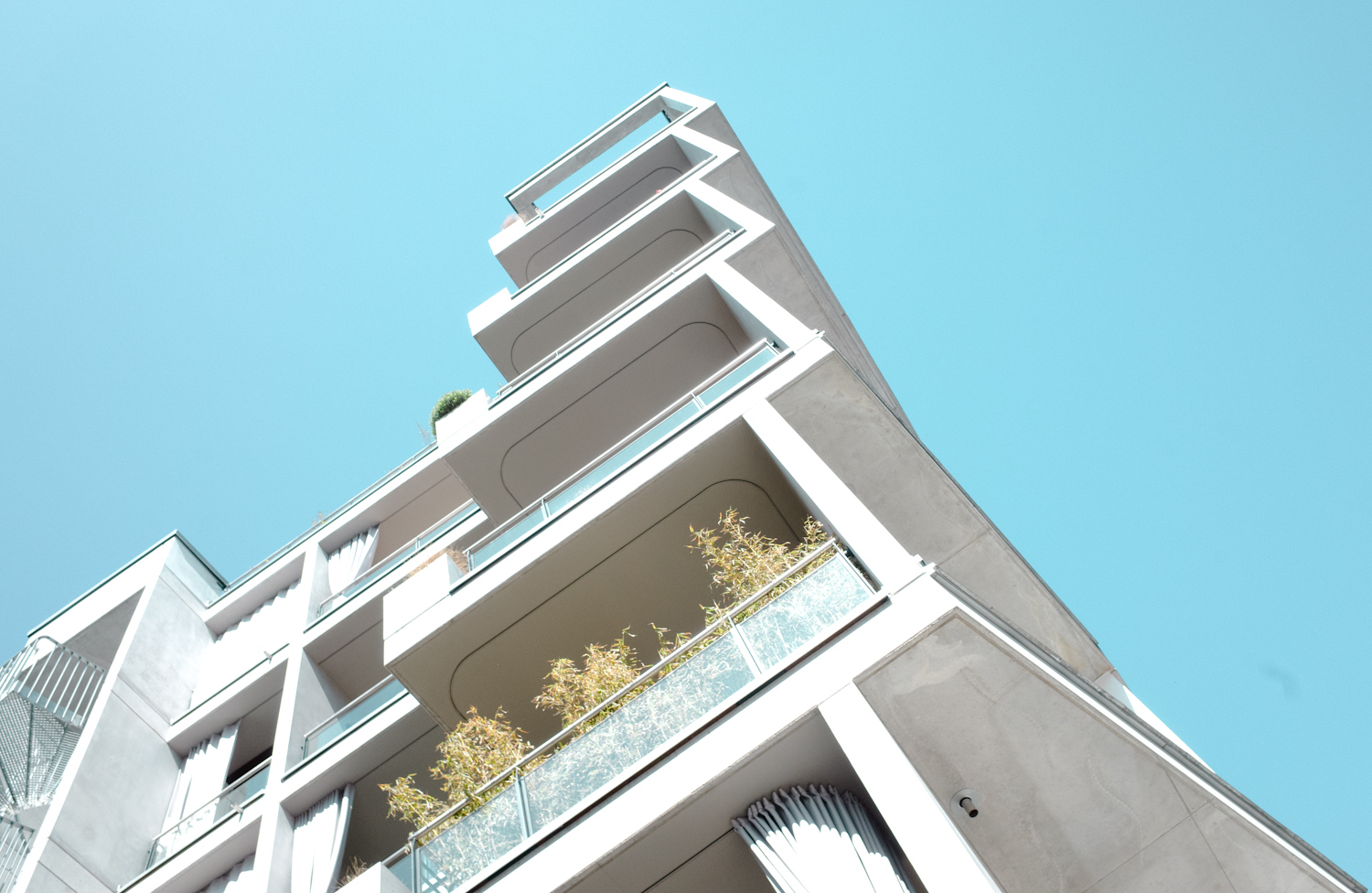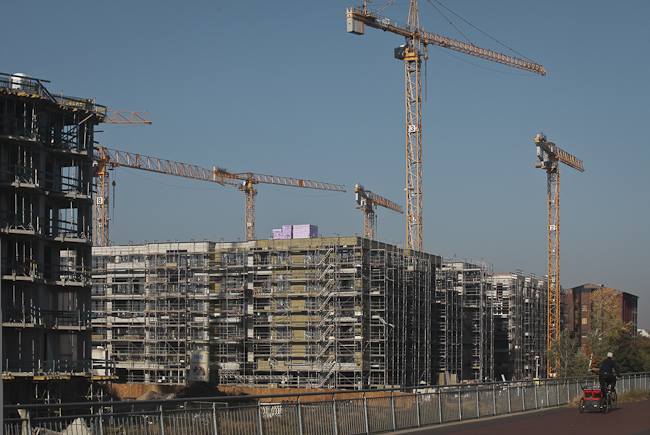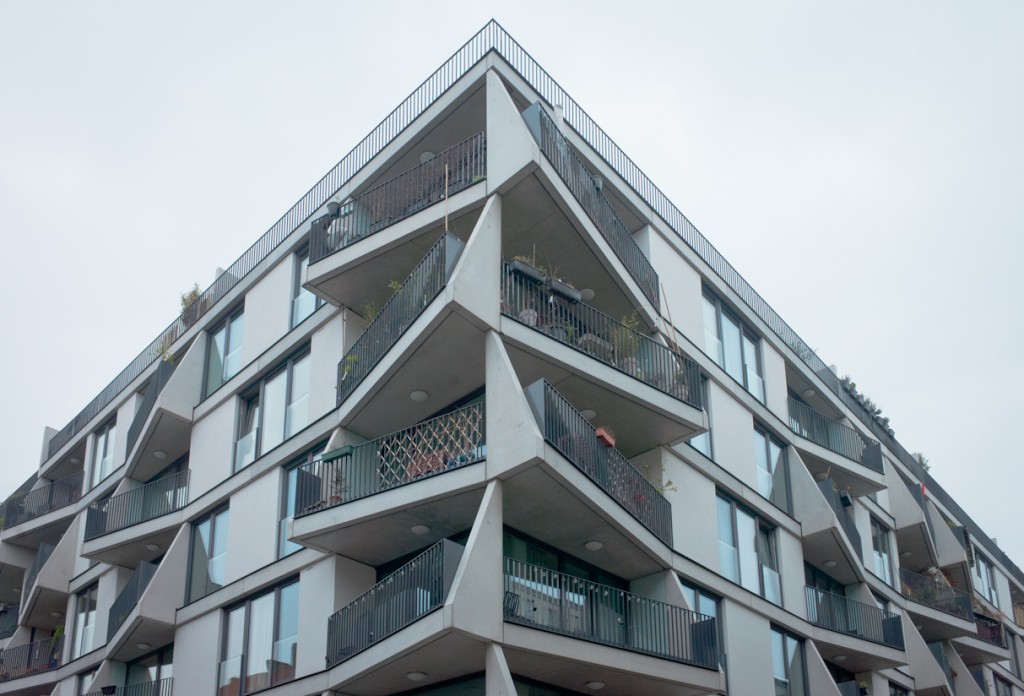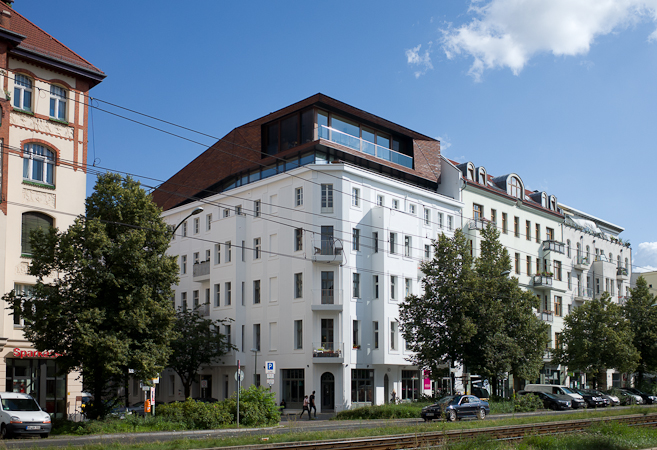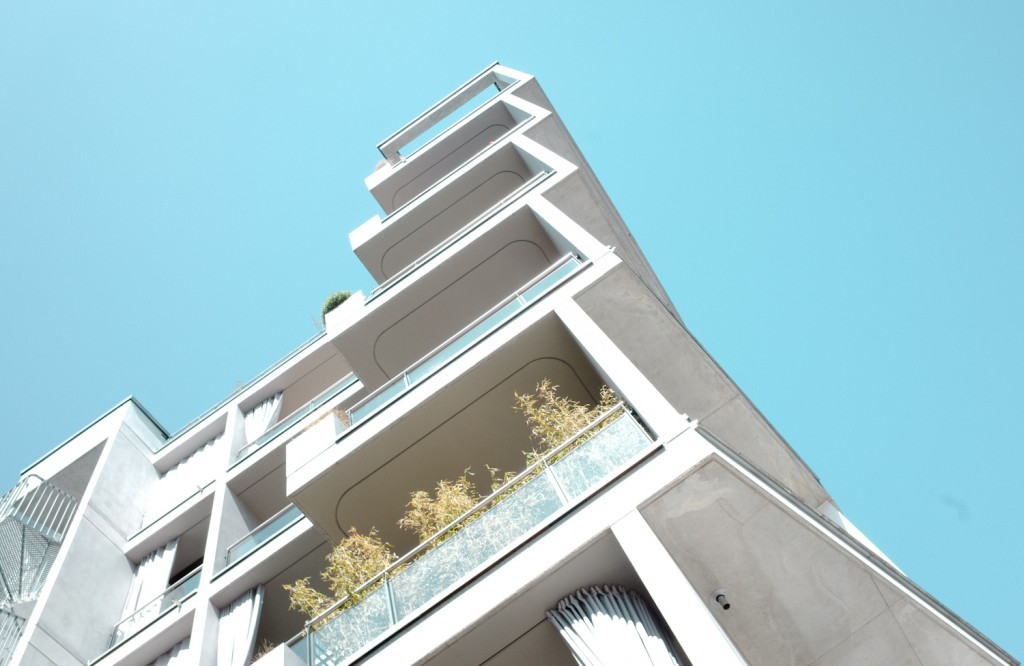Population growth and further rent increase
Berlin is growing fast. According to studies by the Senate Department for Urban Development and Housing, an estimated 200,000 apartments would have to be completed by 2030, around 20,000 per year. The housing market in Berlin is considered very tense, especially for affordable rental apartments. Compared to other german cities, Berlin recorded the highest rent increase during the last year. Berliners are less likely to change rental apartments, which makes the market for newcomers more difficult. Meanwhile, the needs for new arrivals are estimated at 117,000 homes by 2030. At present, the biggest part of projects currently being implemented are by private developers, of which about one third are private flats. By contrast, the construction activity of the state-owned housing associations is only slowly beginning. They currently account for about one third of all completions. Aggravating factors here are high land prices and higher construction costs due to higher construction prices, as well as long delays in the development of municipal real estate.
Scarce land reserves for large-scale housing projects
The availability of large, interconnected land and construction potential such as war, traffic and industrial brownfields are becoming increasingly scarce. One of the last large-scale construction potential for apartments in the city-centre is being realized on former railway areas in the Europacity near the main station. At the same time, 13 further locations have been fixed as urban transformation areas and new city quarters on the inner city periphery and on the outskirts of the city. These quarters have mostly mixed use to avoid malfunctioning by monofunctionality.
The densification, increase and intermixing of formerly purely commercial areas with housing use are now the focus of planners of the Senate and districts. Occasionally, allotment colonies were dissolved and built with flats A new, so called allotment garden development plan, provides land for the further expulsion of residential development from 2030 onwards. Also several areas of urban cemeteries, fallen out of use, are under discussion.
Remunicipalisation and repurchase of flats
